CEILINGS:
The timeless charm of timber can also transcend floors, adding character to ceiling designs. This isn't about introducing something new; but appreciating the versatility of timber and maximising this in design applications.
0 Comments
Pre-finished timber flooring is becoming increasingly popular and is the flooring option that should be on your interiors radar. As the name suggests, it comes pre-finished with a protective coating before being installed in your home. WHAT IS PRE-FINISHED TIMBER FLOORING? Prefinished timber flooring is made from solid hardwood or engineered wood planks that are already coated with a protective finish. The finish is applied in a controlled environment in a factory, where they are cured under UV lights to ensure maximum durability. The protective coating usually includes a combination of sealant and stain to create a consistent, high-quality finish. Pre-finished timber flooring comes in a variety of colours and finishes, from matte to high gloss, to give your home your dream look. REASONS TO CHOOSE PRE-FINISHED TIMBER FLOORING
LOW MAINTENANCE Being factory finished, there is less maintenance in the long run as long as you care for your floor as per manufacturers instructions. Speak to us about your after install care kit. AESTHETICS Pre-finished flooring comes in a variety of colours and finishes to match your style. From rustic, matte or a high-gloss, modern look, there are options that can work for you ECO FRIENDLY Pre-finished flooring is often/usually made from sustainably sourced wood, so you can feel good about your choice knowing that you're helping to support responsible forestry practices Did you know: The pre-finishing process creates less waste than traditional finishing methods, making it a more environmentally friendly option.
Speak to one of our flooring specialists in store to see what pre-finished options could work for you.  Light Feature, Rustic, Reclaimed Grades.. What do these grades mean? Timber grading relates to the visual character of timber flooring; the size and frequency of naturally occurring wood features in each board. Boards with larger and more frequent features will be graded differently to boards with smaller and less occurring features. Because timber is a natural product, some features are seen across all grades. For example, gum veins, knots (to differing degrees) mild gum pockets and sapwood. The presence of these features don’t necessarily detract from the overall look of the floor but add personality and individual character to your floor Some Things to Know About Timber 'Grades'
Selection Tip: When looking at individual board planks, it’s hard to translate that to the overall flooring look, so we recommend requesting a couple of planks to give you a better idea of the grade you’re selecting. How the boards and lengths are laid on the floor is up to your floor installer; so if you have any specific requests, mention this when discussing your project requirements.
Need more help selecting the right timber grade for your project? Speak to one of our flooring specialists. Being a natural product, timber flooring expands and contracts when it heats, cools and is exposed to moisture. This can cause issues if sufficient space hasn't been allowed for and the timber is constricted from this natural movement. With timber flooring, it's industry standard to allow an expansion gap during installation. This is usually around 2-4mm around the perimeter of the floor to prevent these issues. Usually expansion gaps are hidden by skirting boards or beading. While timber flooring products have come a long way in their construction, expansion gaps are still needed to accomodate changes to a home's relative humidity levels. When this is sitting high, moisture from the air is absorbed into the flooring boards and can result in boards swelling. While these changes may be minor, swelling will occur during prolonged periods of wet weather or humidity. Allowing expansion gaps protects your flooring from greater damage like cupping and peaking between boards. Depending on the type of flooring product you choose for your home and your home design, expansion gaps can differ in size. For example, while engineered flooring is cross laminated and reduces the width expansion when compared to solid flooring, there may be lengthwise movement that still needs to be allowed for. Speak to one of our flooring experts to discuss your project, we’re just a call away. Images: William Zhao, Unsplash
There’s a wide selection of timbers that can be used for timber flooring- from native timbers to more widely used American or European Oak. Some species maintain relative consistency with their appearance; while others can be more diverse and contrasting from their variation of colours, tones or grain appearance. Things to Consider When Choosing a Timber Species For Your Floor:
Or are you trying to achieve a look that you’ve seen online? Keep in mind that images don’t look the same in print and online vs. in real life due to the age of filters and photo editing. To prevent any unexpected surprises, asking for samples across a few different boards of the same timber can ensure you’re happy with the variation within that flooring product before you have the timber installed.
Helpful tip: Even if you find a large showroom sample of your preferred timber selection, it’s just an indication of the species colour and the natural variation you can expect. Timbers can vary in appearance due to their age, the growing region and individual trees.
Images: Aleksander Radovanovic, Unsplash Projects Used: Solid American White Oak Flooring According to the largest general survey of pet owners released by Companion Animals New Zealand (CANZ), New Zealand has some of the world’s greatest pet lovers. Results showing that 41% of New Zealand households having a cat and 34% of households having at least one dog. Here are some pet-proofing tips on how to enjoy your timber floor with your furry creatures.
Grooming An excitable dog running around a house with your children is fun but can leave scratches in your timber floors. Keeping pet’s claws trimmed will minimise scratches to your floor surface. Keeping dog bowls on a tray or limiting feeding areas to outdoors or in spaces that are easier to clean, can minimise water splashes and floor damage.
Wood Species Each species of timber has a different hardness. When it comes to most household applications, timbers classed as ‘moderately hard’ is appropriate. The table below lists some examples of species hardness ratings by the AFTA. Floor Finish
While a floor finish doesn’t improve the hardness of a floor surface, here’s some things to consider in what finish you choose for your home. Polyurethanes can be slightly more stain resistant, but if your pets scratch the floor, a re-sand and coat would be needed to re-treat the floors. Oils and Hardwax finishes can give you a little more freedom with applying oil to scratch marks. But, regardless of the floor finish, any spills and messes will stain, if they aren’t cleaned up quickly. Regular care and maintenance of your oiled floor will make it easier to keep clean. We’ve had pets for years and still love our timber floors. If you have pets and want to discuss the best flooring options for your home, send us an email and one of our flooring specialists can help you find the best floor for your needs. CANZ Survey: https://www.companionanimals.nz/publications Images: Project Georgina St | Karolina Garbo | Pexels
In a previous blog post we covered what the key differences and benefits are between the two options. You can read that post here: What's the difference between engineered and solid oak flooring? When it comes to re-sanding, there are some key similarities which affects the number of re-sands you’ll get from your flooring. Many are under the impression that solid is superior to engineered. Solid and Engineered flooring both connect together with a tongue and groove joint. (This is often nailed down to the subfloor to secure it.)
The re-sandable part of solid flooring is measured from the top surface - to the top of the tongue and groove joint. So, whether you’re sanding solid or engineered, you can only sand down to this T&G joint and you’ll usually take off about 1-2mm per re-sand. The re-sandable part of solid flooring is typically around 5-6mm. Engineered flooring has a 3-6mm layer of solid hardwood, which is glued to an engineered base of layered ply or birch. So the re-sandable part of both options is comparatively the same. The thicker the hardwood layer above the T&G joint, the more re-sands you’ll get. This top layer can depend on board width and varies between brands. If you're trying to get a thicker top layer, you’ll pay for this in the cost of your flooring product. So realistically, you can expect to get 3 - 4 resands from both solid or engineered flooring options. If you’re thinking about getting your existing floors refinished or want to discuss a new flooring project, feel free to call us and speak to one of our flooring specialists for tailored recommendations for your project.  A common question we receive from clients: What timber flooring is best for bathrooms? 🚿 #bathroomgoals We don't recommend timber flooring in wet areas for obvious reasons; timber is prone to absorbing moisture, which can compromise its' integrity as well as its appearance. One important factor to consider is how much water you expect to come in contact with the floor. If you have small children or expect to splash a lot of water on the floor, timber flooring wouldn't be the best solution for wet areas. Any surface water should be wiped up immediately and you would want to ensure that the area is well ventilated at all times to assist with the drying process. However with diligent care and maintenance of spills or splashes, you can choose a flooring product that can work for you. Speak to our flooring experts for advice on your #BathroomGoals Incorporating tile and wood into your bathroom design can create a unique look to your home, while meeting the needs of your family. Images: carresol_parquet, design_interior_homes, sheppardandrout Need more expert advice about timber flooring in your home? Shoot us an email or send us a message on the gram... @timberfloornz
Please Note: Timber Floor Solutions takes no responsibility in moisture damaged or water damaged flooring. Please speak to us about your specific flooring project and ask our experts on their recommendations for your home.
🍃 Air Circulate: Not placing your plants directly on the floor and by using plant stands allow you to circulate air underneath the plant, reducing any chance of trapped condensation and easily spotting if you have overwatered a plant, so you can clean up the spill promptly. 🍃 Keep your pots secure, be mindful of gusts of wind, curious pets and children that might knock your pots over, that may leave soil and moisture unattended on your floor for long durations. 🍃 Using felt pads on the bottom of pots will protect your floor from any unwanted scratches from relocating pots. Also avoid dragging or sliding your pots along the floor. 🍃 Hydrate and water your plants with care and wipe up any spills immediately. 🍃 Regularly sweep or vacuum around pots to remove any soil or leaves to prevent any floor scratches 🍃 🍁 Images: Annie Spratt, Ceyda Çiftçiye, Fabio Hanashiro, Huy Phan, James Lindsay, Judah Guttmann, Kelly Sikkima, Daria-Shevtsova, Inga-Seliverstova, Ksenia-Chernaya, Prudence Earl
Protect Against Moisture Wipe up spills and/or puddles from wet shoes immediately. Have a damp cloth tucked away for a quick clean-up. Remove wet shoes and make use of walk off mats in the entryways of your home. Regular Maintenance + Clean Regular cleaning of your floor with appropriate product (as per your flooring finish) can help to make your floor more resistant to outside elements. Oiled floors with a fresh clean, look better over time and have a fresh layer of protection. Images: Danielle Dolson, Timothy Buck
|
RECENT ARTICLES:

Flooring Advice: Pre-Finished Flooring- What's the Hype? 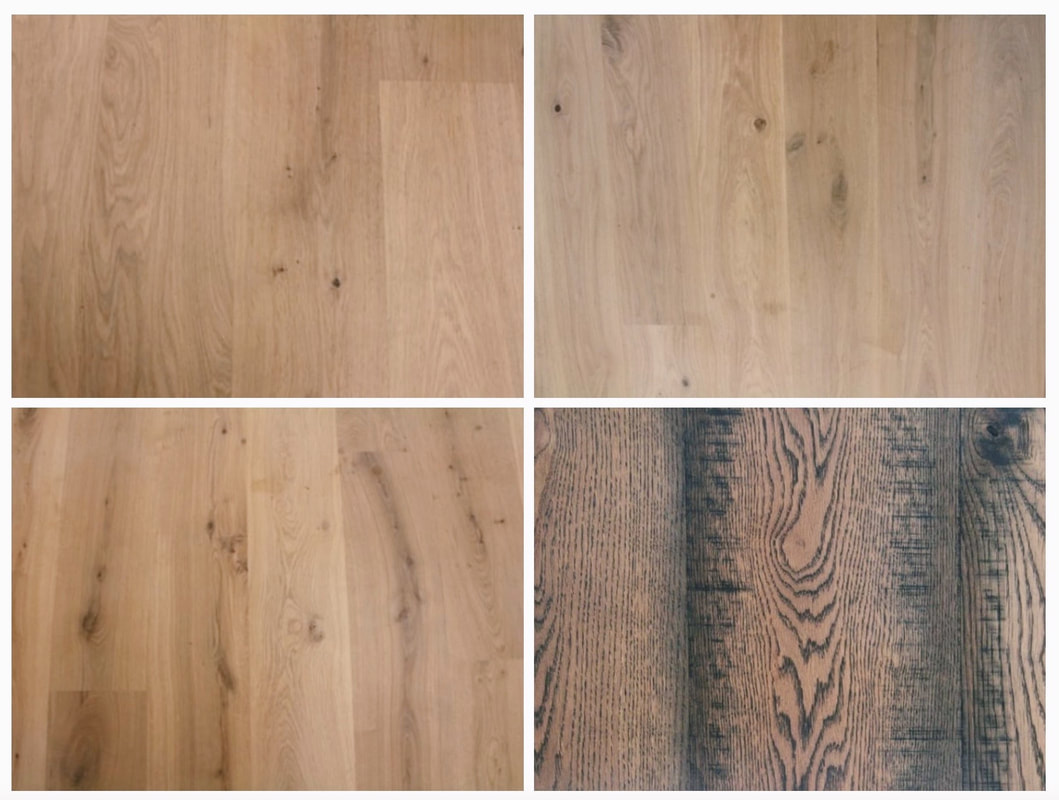
FAQ: What's the Difference Between Timber Grades? 
Flooring Advice: Why Expansion Gaps are Necessary 
Flooring Advice: Choosing the Right Timber Species for Your Flooring 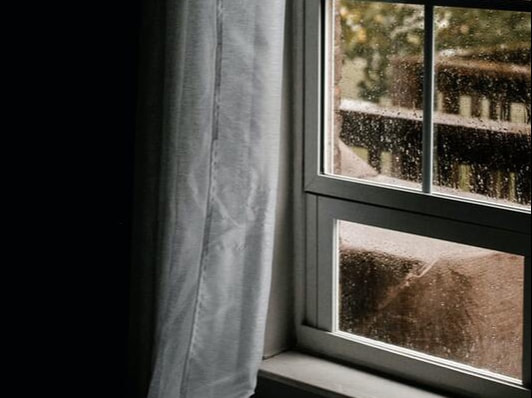
Flooring Advice: Caring for Timber Flooring During Winter Months 
FAQ: Pet Proof Timber Flooring Choices 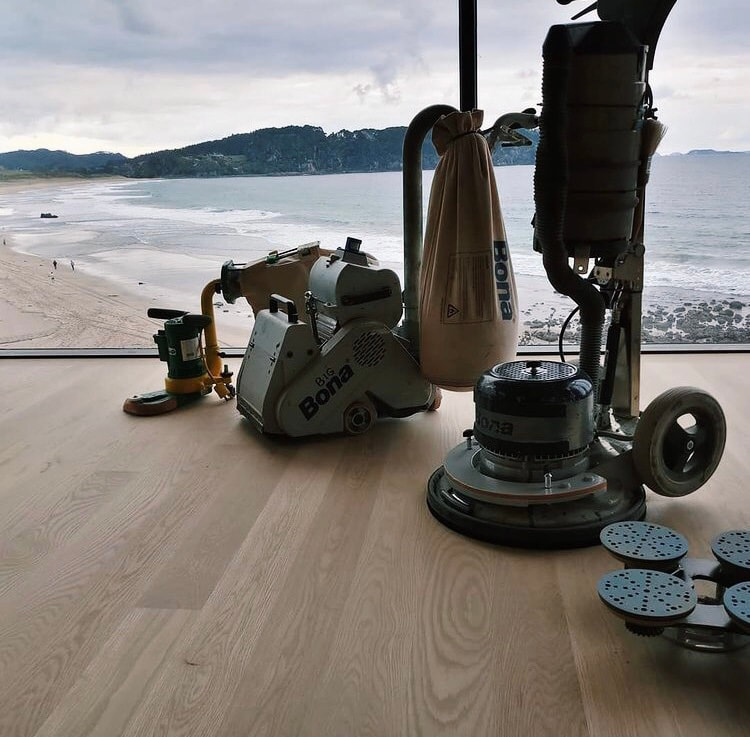
FAQ: How Many Re-sands Can I Get From Engineered Flooring? 
FAQ: What's the Best Flooring for Bathrooms and Wet Areas? 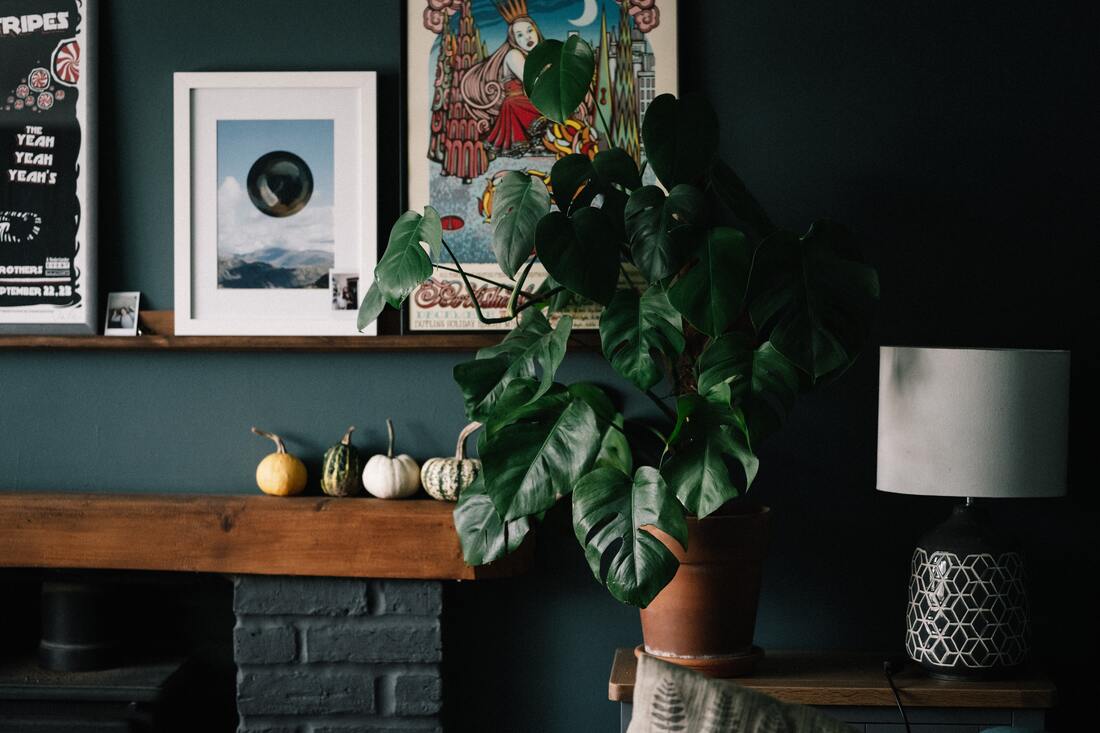
Flooring Advice: Timber Flooring + Indoor Plants 
Childsafe Flooring: What's on the Market? 
HOW TO: Minimising UV Sun Damage to Your Timber Floor 
FAQ: How Does Timber Flooring Respond to Heat? 
HOW TO: Caring for Beachside Timber Flooring 
FAQ: What is Ghosting and How to Prevent it 
FAQ: What are VOC's? Are there any alternatives? Archives
August 2023
Categories
All
|
|
A BIT ABOUT US...
We specialise in the installation and finishing of solid and engineered timber flooring. Expert Advice, Quality Workmanship, Stunning Results. As seen in Registered Master Builders House of the Year Awards 2014-2023. |
COME SAY HEY AT OUR SHOWROOM
12B Saturn Place, Rosedale Auckland Get Directions Wanna chat? [email protected] Call us: 09 447 3754 Follow us: @timberfloornz #timberfloornz #timberfloorspecialists |
|
PROUD MEMBERS OF
TIMBER FLOOR SPECIALISTS LTD
© COPYRIGHT 2024




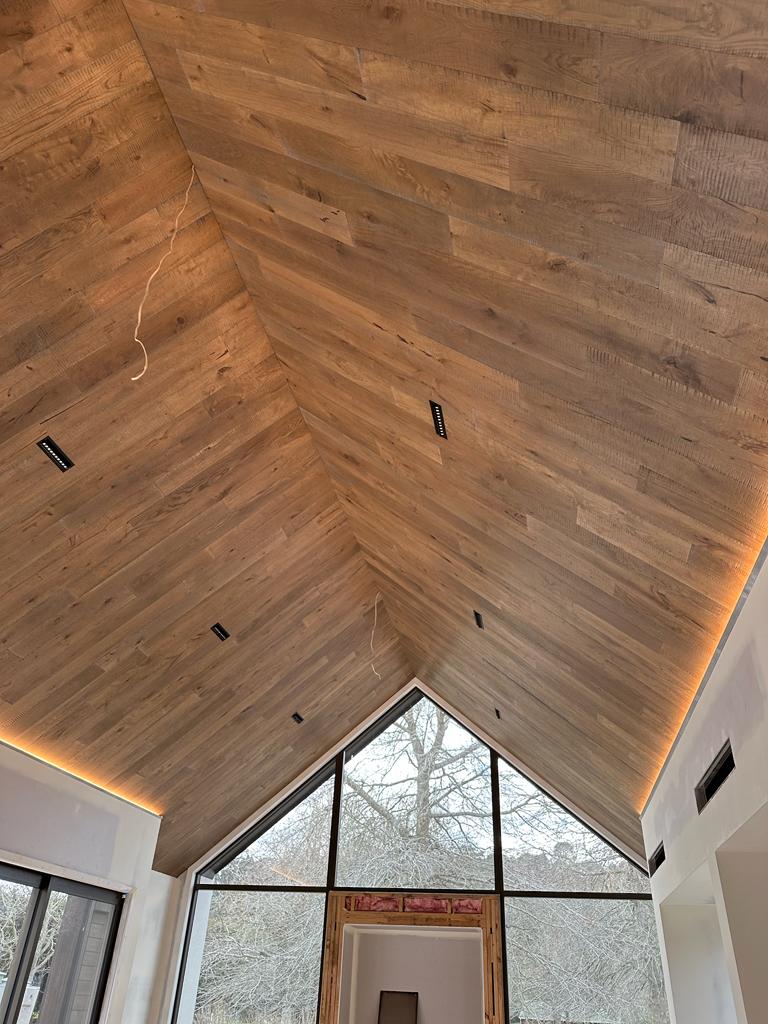
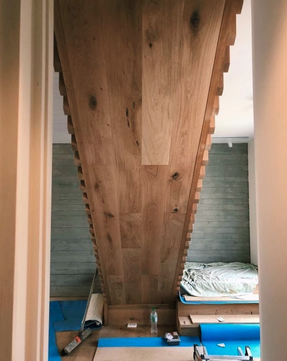







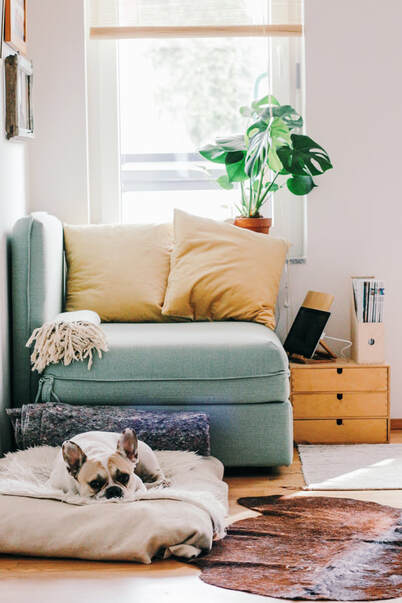
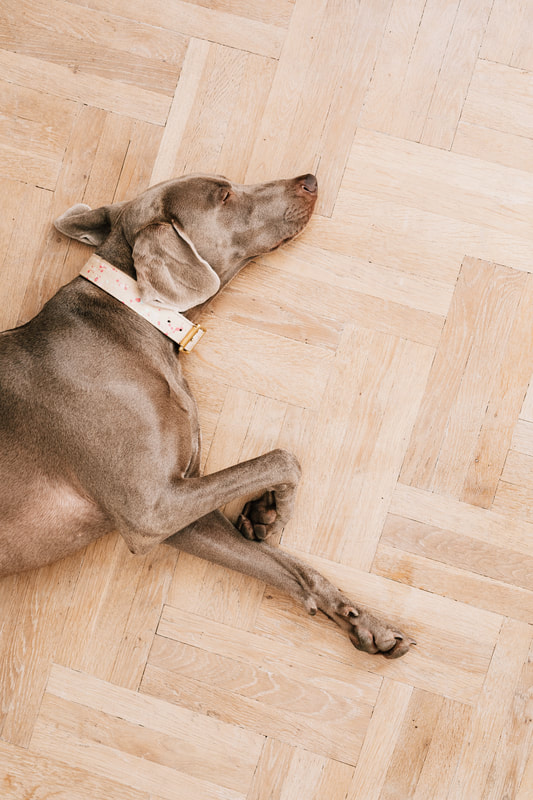










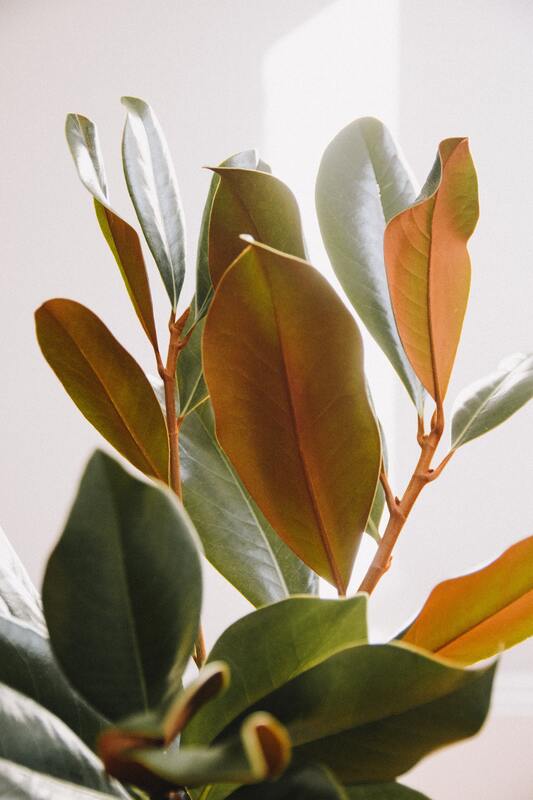

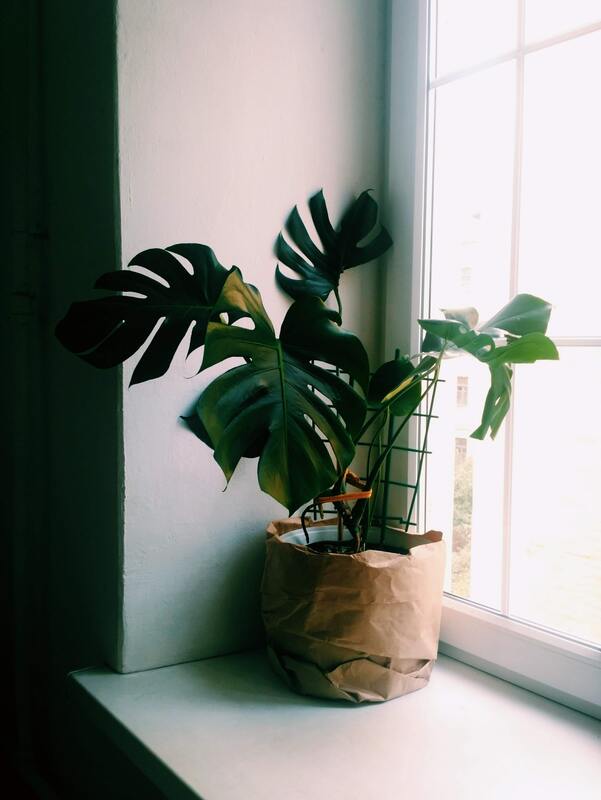


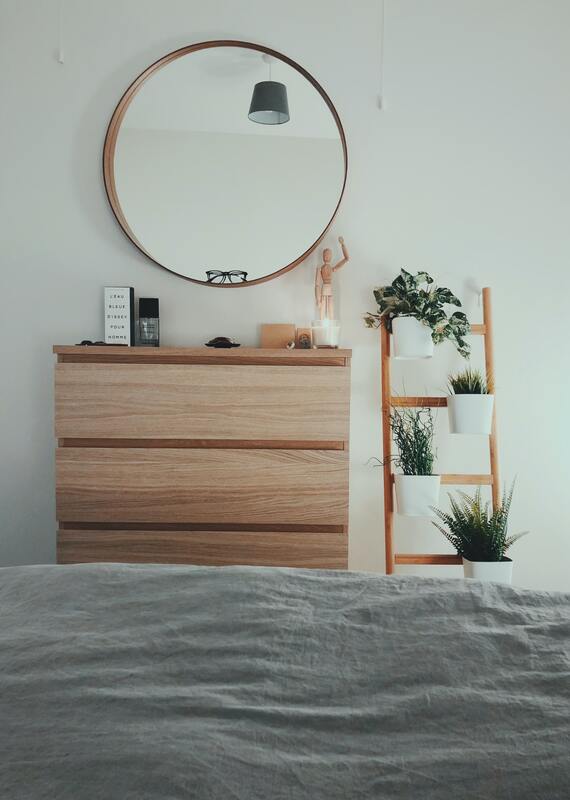






 RSS Feed
RSS Feed



